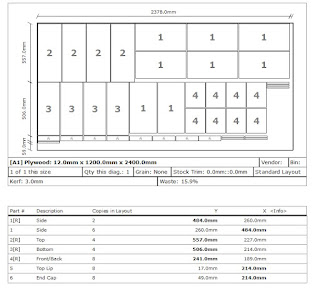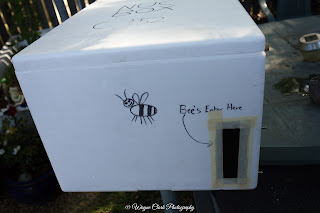Welcome to my beekeeping blog! My name is Wayne Clark and I am a newbee beekeeper, I wanted to make a blog (my first one) to document my journey as a learn and grow in the world of bees.
Firstly a little about me, I am a photographer and stay at home dad. I have qualifications in IT and construction. I have a beautiful wife Kristy who is a Veterinary Nurse and an amazing little girl Kaitlyn who is about to turn 10. My other hobbies include and have included, RC models, Archery and fishing. I also own a 1955 Morris Minor convertible that has been getting restored for the last 18 months and belong to the Morris Car Group of Ipswich.
So what got me started in bees? Well to start, when I grew up around SE Queensland I always saw and took notice of bees, both European honey bees and Native Sugarbag bees. I split time up on properties closer to Brisbane and Aratula/Boonah in my earlier child hood before moving to Ipswich. I live only 100 meters from an abandoned coal mine that is now a giant bush acreage, we had clover flowers and bees everywhere here also, but in recent years noticed the bee population become pretty much non existent, with only the odd bee going near our lavender plants. The media then also come on board with the obvious implications that had been discovered by their decline. In the last 2 years or so I had been thinking about what I could do to take part in helping our bee friends, I was thinking of just keeping natives and setting up homes for native solitary bees. It was in January during the holiday break that the family went to the Buderim Ginger Factory in Yandina, there they have a display the and show on bees, both honey and native. I spoke to the host of the show (sorry forgot his name), he suggested a book and where to go. It made up my mind, within the week I had my hive on its way.
So I contacted IWMBA club, have joined them, I also ordered a complete starters packack from iWoohoo Beekeeping in Sydney. Why I went with theres was mostly price, I looked at the quality, and felt that for the little it lacked in looks it was still well in price, 2 solid deep 10 frame boxes, lid, 20 frames, wire, foundation, suit, hive tool, smoker, wiring eyes, bee brush and wiring hardware. I do get my other gear though from Quality Beekeeping at Sumner Park (
www.qualitybeekeepingsupplies.com..au). I then went on the look out for a nuc, I could have gone through the club but it may have taken a while, but I found one through the Flow Hive forums. Its being split checkerboarded so I keep my own frames. Hopefully they will be home in a week! heres how they started on night 1 and a few days later.
The numbers are my HIN, the large A is for Alpha, Im going to be using Greek alphabet for my hive organization. Hive 1 and 2 will be Alpha and Omega, as in the one from the bible, not due to any real religious reasons, but it sounds good, and in a sense bees are like tiny gods. I have built and prepared hive Omega and it is awaiting a nuc as well.
While waiting for a nuc I planned my way to get native bees, I decided to DIY my own hive, based on the OATH native hive, with of course, some modifications.
It is made from 45mm pine, from an old water bed, the roof is an old microwave panel. It was painted with UV resistant enamel and then decorated by my daughter. A few changes since that photo is a tie down strap, a clear window ceiling for viewing when roof is removed, and a higher stand. It is now at a native beekeeper for having a hive of bees introduced into it.
I hope you come along and join me on my journey, I wish to learn as much as I can but keeping it as simple as possible. Next post I will try and show all my own DIY tools and items such as a nuc box, wiring jig, and foundation embedder.
Cheers





































